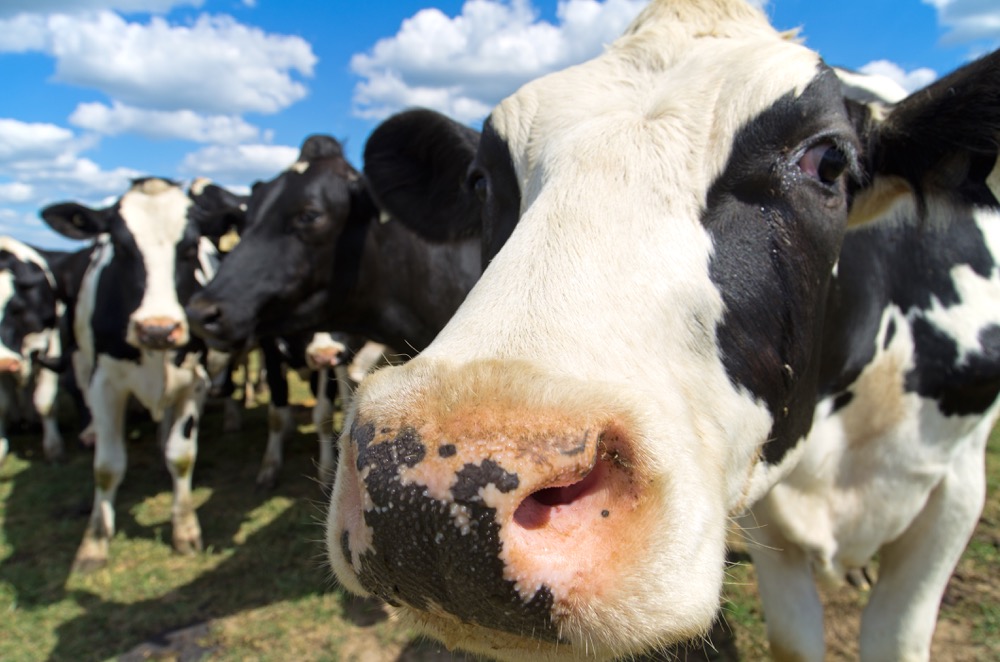Summer is a great time for me because of the many international guests I am privileged to host. I was having a lovely lunch with a family from New Zealand when one of them asked, “What are the top two issues facing Canadian agriculture today?”
It is not the first time I have been asked this question and I am certain it will not be the last.
I don’t take the inquiry lightly, and the fact this family was financially savvy and totally switched on made me feel a little on the spot. But sometimes, the answer is not complicated and is good cause for deeper council.
Read Also

Farm equipment sales sector sees significant structural changes
Farming equipment sales have been declining for a number of years now, and one industry professional believes structural changes in the industry are needed to curb that trend.
I recall a Scottish guest from two years back having a go at me because he felt Canadian farmers were lazy. It took me back at first, but I started to see why he formulated that opinion — the massive land base with easy access to deeded property and access to government that we enjoy in Canada is the envy of the world. Young foreign folks can only imagine what they could do with so much land at so little cost. Putting it in perspective helped keep the debate which followed genuine and civil.
And we do have much in Canada, so much that it often leaves us stuck in the commodity mindset. The whole idea of going through the paces of adding value on the farm can be overwhelming. But Canadian farmers are great innovators and many farmers are involved in everything from private software development and machinery design to food processing.
- More with Brenda Schoepp on the Alberta Farmer: It’s time to make reducing waste a top food trend
As there is room for every farmer, there is no wrong model. Because adding value is both regulatory and requires heavy investment, it isn’t as simple as just going for it. Or is it?
I think of the models I have seen that vary from strawberries to oats; herbs to processed beef; wine to cooking oils. The diversity is amazing and these market-ready products are often sold both here and abroad. And though our massive land base makes it look like there is very little going on, that is not true. There is however, room for growth in the further processing of agricultural products.
Small farmers are getting it. They know that the connection you need to make is with the consumer, and they are bold and creative in their market offerings. Their point of differentiation is themselves and this boosts their product and the reputation they have with the end-user. They are flexible and can get small orders done quickly, and they are OK with growth!
And that leads to the second challenge facing producers today: The disconnect we have with the consumer.
Our consumers are pretty clear on what they want and are making choices with their dollar. Often industry as a whole is offended by their choices and gets defensive, wanting to ‘educate’ them. When the buyer has already made the decision, the educating looks feeble and won’t change minds.
For example, we know ‘no GMO in processed food’ is really a clear message from importing countries and yet our processing industry in Canada struggles to find enough product to put the order together.
The result is a food trade deficit and when you are an exporting country (86 per cent of all agricultural goods are exported), it is especially damaging to bring in more food than you send out. The math is simple and the numbers don’t lie — Canada does little to add value to its massive commodity crops.
Getting more bang for the buck starts with the creation of value-added foods in an enabling environment. To do that we need to have good legislation and fully appreciate the consumer (please notice that I did not say ‘understand’ the consumer because we may not).
Farmers do, however, need to appreciate the complexity of consumer demand and support those in value adding. Even a small canola crush plant makes a world of difference in a community, but a cookie factory using canola, wheat, sugar beets, eggs, milk and a host of other Canadian ingredients, really puts the town on the map.
Of course, there are more complex issues that are reflected in markets and profitability — but those discussions are for another day. For now we can ponder the value in the cultural shift we’re seeing on small farms and appreciate consumers, and try that on for size.
And while we do, Canadian agriculture will continue to be the envy of the world and the greatest industry of opportunity for her people.















